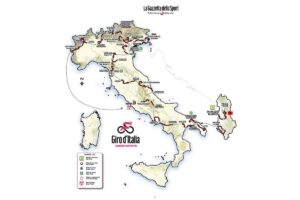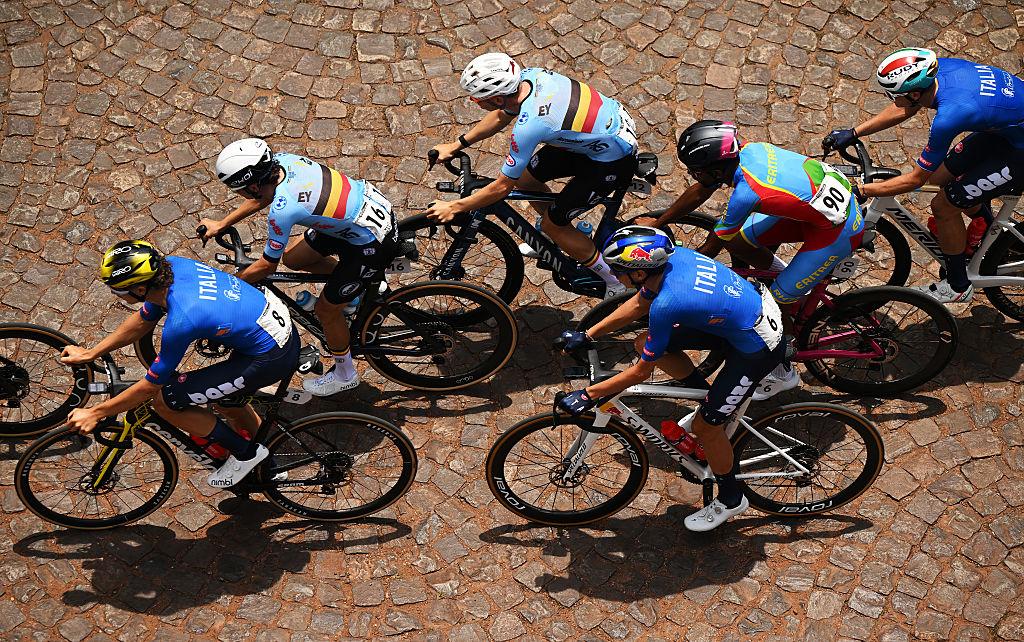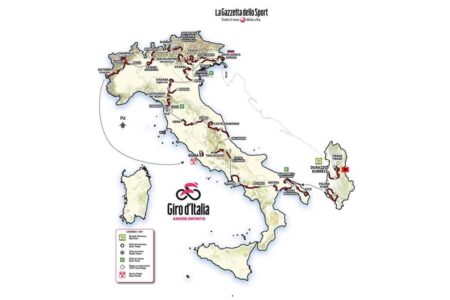Introduction
In a significant shift for the future of men’s professional cycling, the Under-23 Nations’ Cup, a cornerstone of youth competition and talent development, is approaching its final chapter. As WorldTour feeder teams increasingly dominate the competitive landscape, discussions are intensifying regarding the sustainability and relevance of traditional pathways for young cyclists. With the spotlight now firmly on the strategies and structures employed by these elite teams, the Under-23 Nations’ Cup faces mounting pressure to adapt or risk being overshadowed. This article delves into the implications of this transformation for aspiring cyclists, national teams, and the sport as a whole, while examining the changing dynamics of development in the high-stakes world of cycling.
Shifting Dynamics in Men’s Cycling: The Rise of WorldTour Feeder Teams
The landscape of men’s cycling is witnessing a transformative shift as WorldTour feeder teams increasingly dominate the development pathways for aspiring cyclists. Historically, competitions like the Under-23 Nations’ Cup served as a vital proving ground for young talent, enabling them to showcase their skills on an international level. However, with the emergence of feeder teams backed by professional squads, the focus has shifted towards more structured and financially supported development programs. This change has implications not only for riders seeking professional contracts but also for national federations that may struggle to recruit and retain young athletes who now see lucrative opportunities in these feeder setups.
This evolving dynamic raises questions about the sustainability of traditional racing formats and their ability to nurture emerging talent. As feeder teams become integral to the WorldTour ecosystem, the emphasis on alliances and developmental agreements grows. Key advantages of these feeder teams include:
- Direct access to WorldTour resources: Young riders can capitalize on better training facilities, coaching, and support staff.
- Enhanced visibility: Participation in high-profile races affords riders greater exposure to scouts and team directors.
- Financial backing: With budgets that outstrip those of national programs, feeder teams can offer more competitive salaries and sponsorships.
As a result, the Under-23 Nations’ Cup may soon be overshadowed, prompting a re-evaluation of its role in developing the next generation of cycling talent.
Impact on Young Talent Development: The Future of the Under-23 Nations’ Cup
The impending conclusion of the Under-23 Nations’ Cup signifies a substantial shift in the landscape of men’s cycling development. As WorldTour feeder teams increasingly dominate the talent pipeline, the traditional role of national teams is being challenged. This evolution raises critical questions regarding the identification and nurturing of young cyclists. In the past, events like the Under-23 Nations’ Cup provided a vital platform for emerging athletes to showcase their abilities on an international stage, emphasizing national pride and unity. However, with professional teams absorbing young talent into their structures, the opportunity for these cyclists to represent their countries may diminish.
The implications of this shift are profound, affecting not just athletes but the cycling community at large. Some potential outcomes include:
- Reduced visibility for national-level competition, leading to a decline in fan engagement and support.
- Altered career trajectories for promising riders who may opt for these structured developmental paths over national representation.
- Risks associated with identity loss as young cyclists grapple with balancing team loyalties against national pride.
This transformation calls for innovative solutions to ensure that talent development remains robust and diverse, nurturing the next generation of cyclists even as the framework evolves.
Recommendations for a Balanced Pathway: Integrating Traditional Development with Professional Opportunities
As the landscape of men’s cycling continues to shift with the rising dominance of WorldTour feeder teams, it is essential to adopt a holistic approach that merges traditional development frameworks with innovative professional opportunities. To ensure that budding talents receive comprehensive training and mentorship, cycling organizations should consider implementing the following strategies:
- Community Engagement: Establish partnerships with local clubs to create grassroots campaigns that foster talent from an early age.
- Big Event Collaboration: Encourage joint initiatives with established races to give younger riders exposure while allowing them to compete against seasoned professionals.
- Mentorship Programs: Pair emerging cyclists with veterans to provide guidance on both physical training and navigating the demands of professional cycling.
Additionally, restructuring team development pipelines can facilitate a smoother transition from amateur to professional levels. A clear and transparent pathway model can be created, showcasing essential milestones for athletes. The following table summarizes key elements that can enhance this process:
| Development Phase | Key Focus Areas | Duration |
|---|---|---|
| Grassroots | Basic Skills, Team Building, Fitness | 1-2 years |
| Junior Level | Competitive Racing, Nutrition, Strategy | 2-4 years |
| Professional Entry | Team Integration, Sponsorship, Media Training | 1-3 years |
By embracing these recommendations, the cycling community can cultivate a balanced environment that not only honors traditional pathways but also welcomes the professional evolution of the sport, ensuring that young cyclists are well-equipped for the challenges that lie ahead.
The Conclusion
As the Under-23 Nations’ Cup draws to a close, the cycling world finds itself at a pivotal crossroads. The ascendancy of WorldTour feeder teams marks a significant shift in the men’s development pathway, one that could reshape the landscape of professional cycling as we know it. While the Nations’ Cup has long been a proving ground for young talent, the increasing influence of established teams underscores a growing trend toward structured pathways that prioritize immediate results over long-term development.
As this chapter ends, questions remain about the future of grassroots international competition and its role in nurturing the next generation of elite cyclists. Will the focus on feeder teams stifle the diversity of talent emerging from national circuits, or will it forge a stronger bond between youth development and professional excellence?
As stakeholders in the sport reflect on this transformation, the cycling community must grapple with the implications for both young riders and the overall competitive balance of the sport. With new models of development emerging, one thing is clear: the future of cycling is evolving, and the next generation of athletes will navigate a landscape very different from their predecessors. Only time will tell how this new dynamic will play out, but for now, the Under-23 Nations’ Cup leaves behind a legacy that will be felt for years to come.











